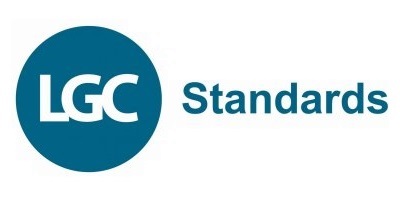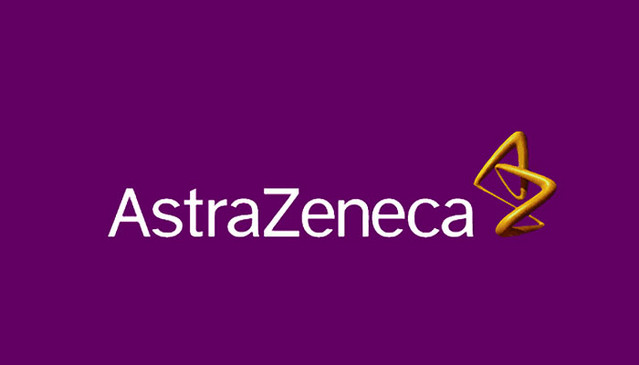Simplifying Compliance with Laboratory Chemical HS Codes
Navigating the landscape of international trade requires a clear understanding of laboratory chemical HS codes. These are part of the Harmonized Commodity Description and Coding System, numerical identifiers that aid customs authorities worldwide in classifying traded products and monitoring for trade violations, thereby promoting an efficient trade system. Each chemical can be assigned a HS code, based on its chemical structure, and this needs to be included on shipping documents for importing and exporting chemicals.
Adhering to the harmonized tariff schedule can be a complex task due to its intricate nature. Each laboratory chemical HS code consists of an 8 to 10-digit code, each reflecting a different aspect of the product: its category, sub-category, and specific attributes. For chemicals, this covers its broad chemical class, specific chemical substitutions on that and its use or biological activity. With each layer of the code comes an additional level of complexity, necessitating a thorough comprehension of chemistry, and how to categorize within the Harmonized System (HS). In regions like the United States, the introduction of the 10-digit Schedule B number, used for export product classification, further increases this complexity.
The World Customs Organization (WCO) manages the HS Convention to ensure uniform application and interpretation of these codes globally. However, this only specifies HS code rules to the first 6 digits allowing significant regional differences to exist. The HS system allows (encourages) countries to expand to 8 or 10-digit level allowing specific tax rates and trade restrictions to be implemented and policed.
Terminology also differs. For example, in the European Union (EU), HS codes are based on the Combined Nomenclature (CN) system, which uses ten-digit CN codes. Post Brexit, the United Kingdom has its own system, as does Switzerland. Using a HS code for one country, such as the USA, is unlikely to work in many others and may cause delays, investigations, or miss declared duty.
Introducing ExpediChem: A Tool for Easing Compliance
ExpediChem, developed by Scitegrity, offers a method for solving the process of determining HS/commodity codes for chemicals. Our system allows users to ascertain the correct HS code for a chemical based on either its structure or a name lookup. This bridges the gap between a user’s knowledge of chemistry and the specifics of trade statistics. ExpediChem aids both chemists and non-chemists alike by automating the application of HS codes and rules, thereby eliminating potential misunderstandings and shipping delays.
To use ExpediChem, operators simply select the desired shipping country and input the chemical's structure or name. The software then generates the correct HS code within seconds. This approach saves time and resources that might be spent on manual searches for accurate codes and increases regulatory compliance.
Moreover, the ExpediChem platform is regularly updated, ensuring users have access to the most current HS code information while eliminating the need for manual monitoring, which enhances the accuracy of HS code determination.
The Path Forward: Simplifying Compliance
Achieving compliance with laboratory chemical HS codes is important for the functioning of customs authorities worldwide and plays a key role in maintaining transparent international trade. It is also a critical function for any workflow where chemicals are regularly imported or exported for research purposes, sales or production. Generating accurate HS codes on demand can reduce shipping delays, both at the point of dispatch and in customs, ensure compliance and potentially reduce duty paid.
ExpediChem, with its practical, simple interface and detail-oriented methodology, offers a powerful tool enabling anyone in an organization to accurately produce HS codes on demand. It reduces potential errors, reduces shipping delays and ensures adherence to global compliance standards.
By leveraging ExpediChem, the complexities of dealing with laboratory chemical HS codes can be managed more efficiently. This allows organizations to focus on other important aspects of their operations. ExpediChem can serve as a vital resource, aiding in navigating the complex aspects of international trade. Exploring the potential of ExpediChem can be a step towards easier compliance with laboratory chemical HS codes.
Trusted by our Clients











